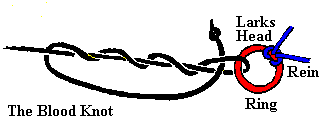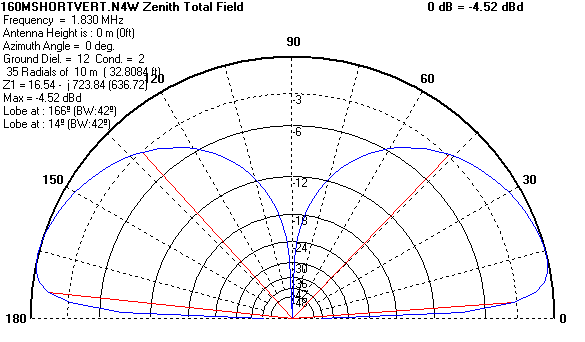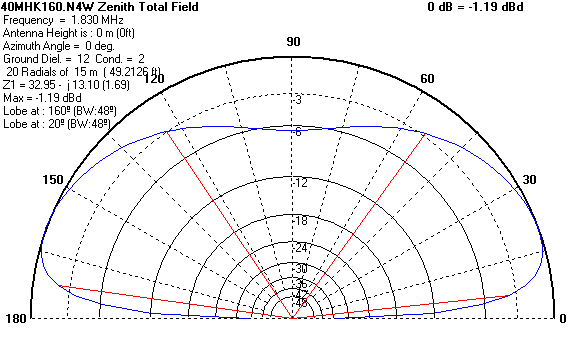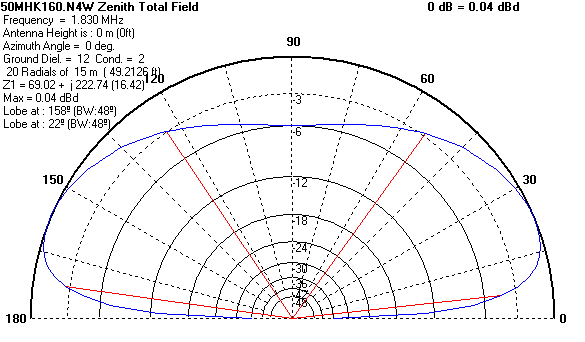Some Things You May
Need to Know
|
|
As an aid to help you select
what kind of lifting body to use in various kinds of weather, here is the
matrix of what I use. Click here to see how to determine what lifter to use in what
weather conditions.
|
|
Knots can be a pain if you don't tie them correctly. Here is an illustration I
discovered that shows you how to tie the two most common types of knots used
in kite and balloon antenna work. The Blood Knot will not strain the
line at the knot, and the Larks Head is handy when attaching the kite bridle or rein to the metal rings used on most
kites. Blood Knots can also tie antenna lines to insulators, kite line
to swivels, and is a utility knot that can't be
beat.
|
![]()
|
There are many ways to
deploy an air launched antenna for Top Band.
But, the question always is "How well will it work?".
First, let's consider what the average Top Bander
has in the back yard antenna farm. Probably something like the one
shown below, a 15 metre vertical, base loaded, with a modest ground screen of
about 35 radials, each about 10 metres long. It will get you on Top
Band, but results will be less than spectacular. Notice that there is
more than 4.5 db lost before the coil is put in series with the feed point to
cancel out the capacitive reactance of more than 700 Ohms. (That means more
than 65 micro Henries, and more than 2,400 pF in the L network to tune the
antenna to 50 Ohms) Not the most
efficient way to work DX on 160 metres! But, this gives us a starting point to work from.
|
|
Now, let's get
serious about the whole thing. By now you have
heard of the Helikite, and have seen photos. Let's
assume you have a Lightweight Helikite, and use #20 or #22 wire attached to
the flying line with tape as described earlier on this site. In any breeze at
all, the Helikite will lift that length of wire with ease. The Helikite
will lock off at 45 degrees from vertical, and stay up in winds from a few
miles per hour to about 25 miles per hour. A simple dog stake will hold
it down, and you can use your ground system which is
normally at the base of the Inverted L or vertical. No need for a
mast, no need for planning permission, no need to upset the neighbours, just
launch it and stake it down. Here is
the pattern. Much simpler to deploy than an Inverted
L, and nearly the same results. In addition, the feed point
impedance is higher. For the matching network, you need 3 uH
series L and 1200 pF shunt C at the coax side of the 'L'. Notice there is still some high angle, but
the efficiency is much higher, and you can be heard by
locals much better than with a vertical. |
|
Fifty metres of wire can be lifted by the
Helikite in a breeze, and here is what you get using that length. Not a
bad pattern, better efficiency, and this would be the antenna to use for a
contest, giving high angle for short haul, and a fairly low
angle for DX, plus you don't lose much in the matching. In fact, a 500 pF capacitor in series with the coax feed may be all
you need to tune out the reactance. I have used very modest
ground systems in all of these models, if you have longer radials, and more
of them, the take off angles will come down two or three degrees at least,
and I am sure you will be pleasantly surprised with the results.
That's all for now, I hope I have inspired a few of you
to take up the cause of 'aerial' aerials on Top Band. Feel free to Email
if you need any help, and I am always very interested in feedback. 73 de G4VGO, Bob. CU on Top Band, the
ONLY band! |



